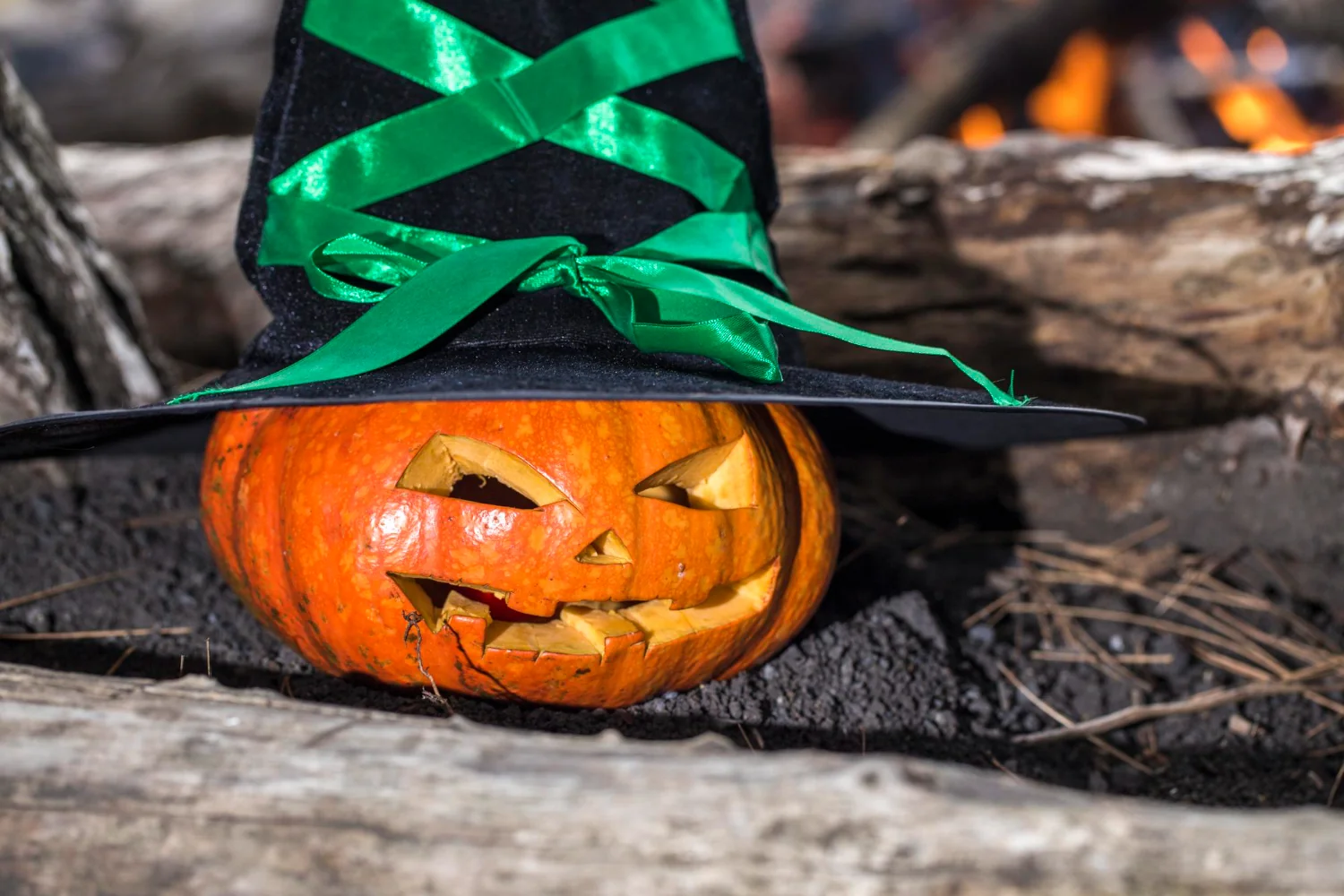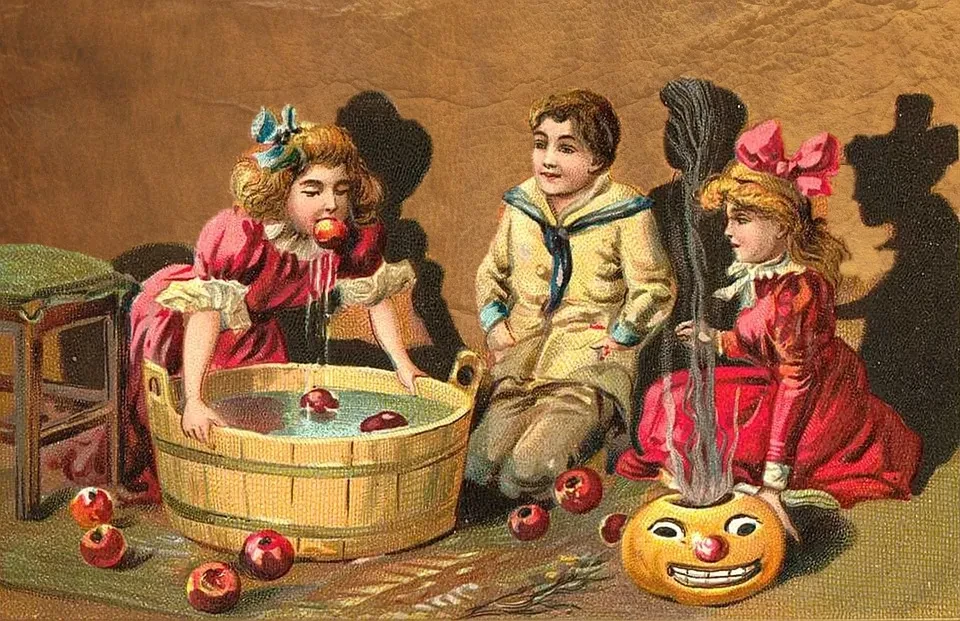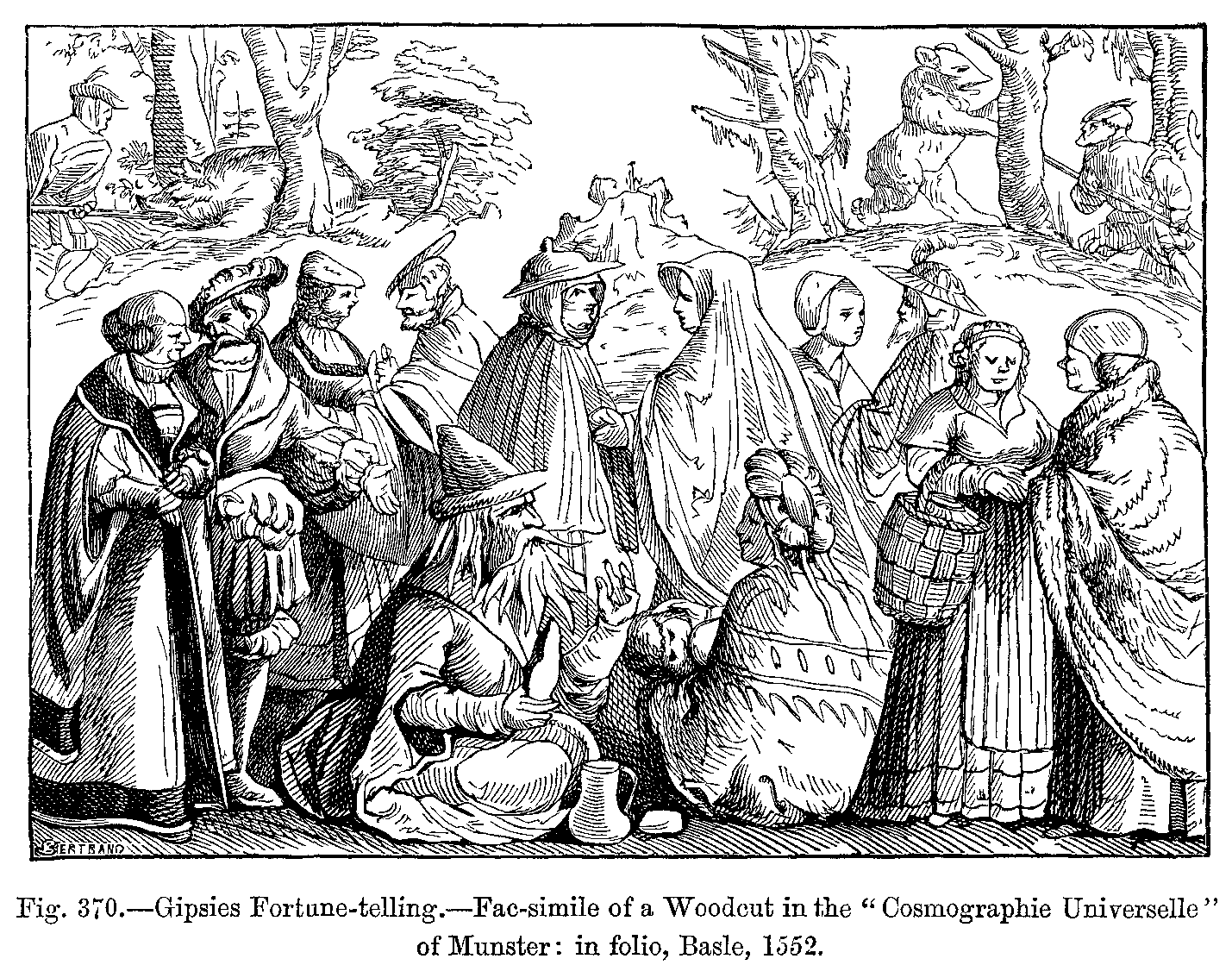As the last of October chills our bones, we come to appreciate that the tale of Halloween is not just about candy and costumes; it is a cultural past time woven with ancient Irish threads.
Long before the age of pumpkin-spiced lattes and pop-up costume shops, the Irish celebrated Samhain, a festival marking the end of the harvest and the onset of the dark, cold winter.
It was believed that on October 31st, the boundary between the worlds of the living and the dead blurred, an eerie concept that still captivates our imaginations today.

Consider the humble Jack o' Lantern. In Ireland, these were originally carved from turnips, not pumpkins. The switch to pumpkins occurred only after Irish immigrants brought the tradition to America, where the native gourd was more readily available.
Our modern Halloween games, too, echo Irish customs. Bobbing for apples, for instance, is not just child's play. It traces back to Celtic rituals of fertility, where the symbolic pentagram within the apple represented that very promise.

Moreover, the colors we associate with Halloween—orange and black—carry with them a somber heritage. In Celtic legend, these hues symbolize death.
Irish customs also included games predicting one's fate. A blindfolded game of chance involving bowls of assorted items could forecast everything from emigration to marriage. The Barmbrack, a fruitcake hiding a ring, offered a similar fortune-telling experience.

The Druids, once revered for their insight and prophecies, were believed to be especially powerful during Samhain. Their ability to ‘see’ between the worlds was both feared and revered.
As we indulge in Halloween's festivities, perhaps it's time to reflect on the rich Irish roots that nurture this celebration. So, as the night falls and the shadows lengthen, are we truly celebrating Halloween, or merely an echo of its Irish past?
